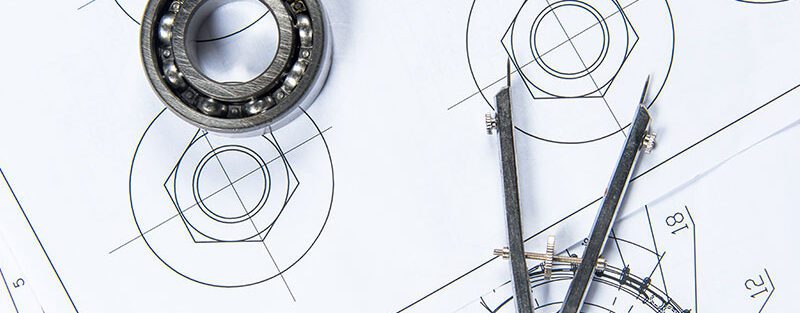Patents and trademarks play a crucial role in protecting intellectual property rights in the field of industrial design services. Here’s why they are important:
Patents for Design Protection: Industrial design services involve creating unique and innovative designs for products, such as consumer goods, furniture, packaging, etc. Obtaining a design patent provides legal protection for the ornamental aspects of the design, preventing others from making, using, or selling similar designs without permission. Patents grant exclusive rights to the inventor/designer for a limited period, typically 15 to 25 years, depending on the jurisdiction. This exclusivity allows designers to monetize their creations, maintain a competitive edge, and recover investments made in research and development.
Preventing Unauthorized Use: A registered trademark helps protect the brand identity associated with industrial design services. By securing a trademark, designers can safeguard their company name, logos, slogans, or any other distinctive branding elements. Trademarks enable customers to identify and differentiate the services offered by a particular industrial design company. They prevent competitors from using similar marks that may cause confusion among consumers and dilute the designer’s reputation or market presence.
Business Value and Market Positioning: Having patented designs and trademarks can enhance the market value and competitiveness of an industrial design service provider. These intellectual property rights can attract investors, strategic partners, or potential buyers, as they demonstrate a company’s commitment to innovation and its ability to protect its creations. Patents and trademarks can also strengthen a designer’s position in negotiations with clients or licensing agreements, providing leverage and ensuring fair compensation for the use of their designs.
Legal Protection and Enforcement: Patents and trademarks serve as legal tools for enforcing intellectual property rights. In case of infringement, the owner of a patent or trademark can take legal action to stop unauthorized use and seek remedies, such as injunctions, damages, or royalties. Patent and trademark registrations provide a strong basis for pursuing legal claims and can act as deterrents, discouraging potential infringers from copying or imitating designs. By enforcing their intellectual property rights, designers can protect their market share and maintain their competitive advantage.
International Protection: Industrial design services often operate on a global scale, with designs being marketed and distributed across different countries. Patents and trademarks can be registered and enforced internationally, providing broader protection for the designs and brand identity. International patent applications, such as the Patent Cooperation Treaty (PCT), streamline the process of seeking patent protection in multiple countries. Similarly, trademarks can be registered through international agreements like the Madrid System, simplifying the protection of trademarks across multiple jurisdictions.
Overall, patents and trademarks are crucial in industrial design services as they safeguard the value of innovative designs, establish brand recognition, provide legal protection, and offer a competitive edge in the market.



